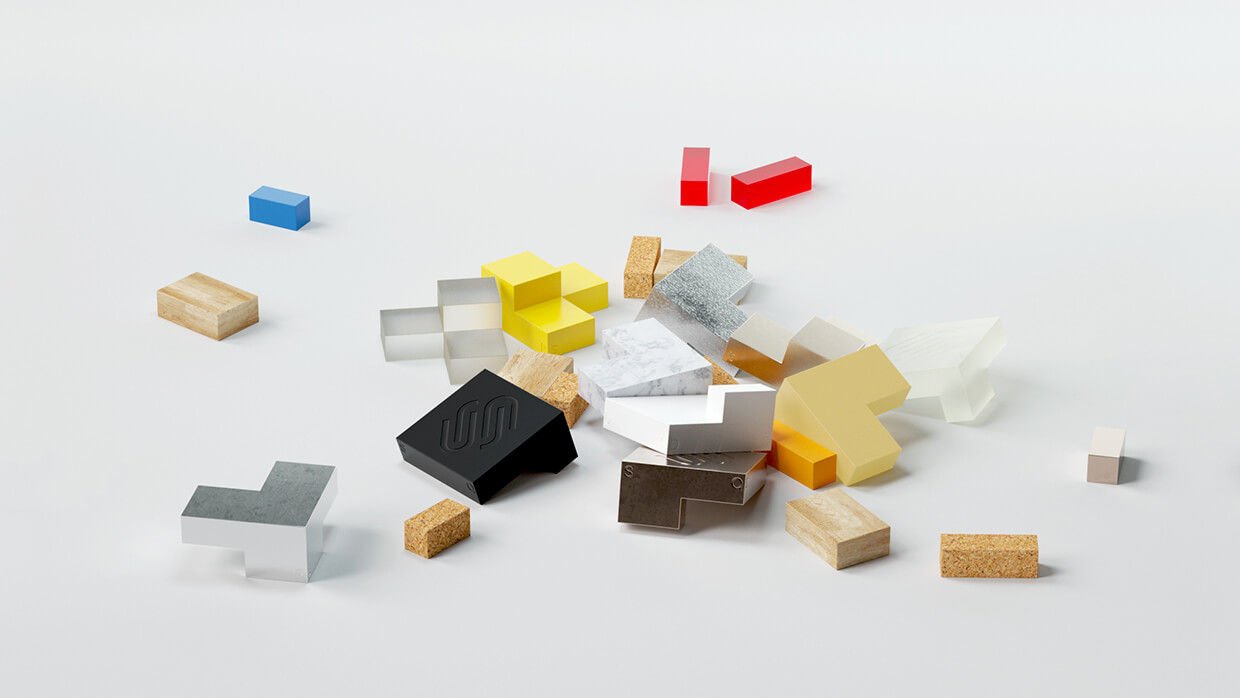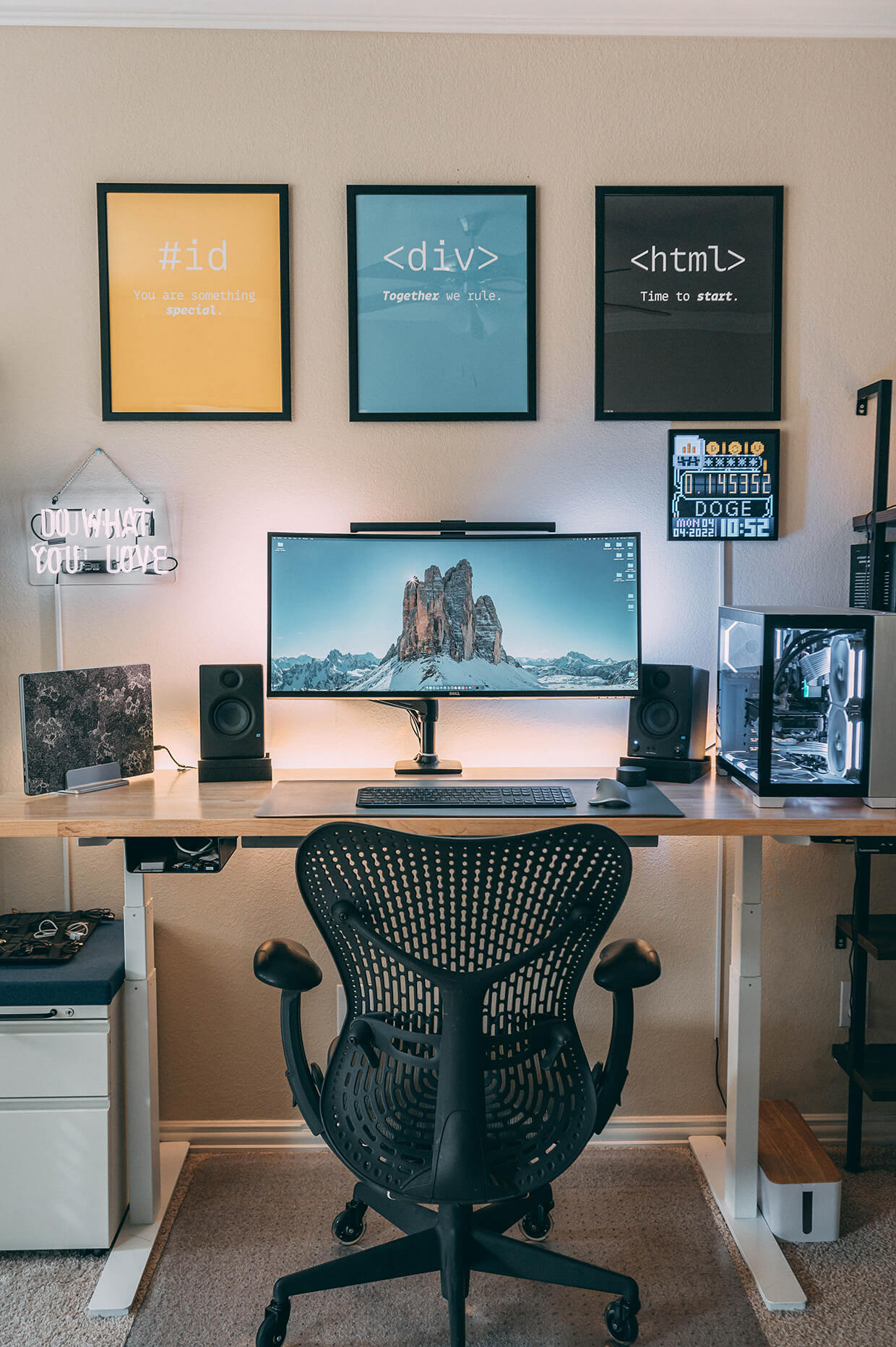WE LIVE IN UNDENIABLY UGLY TIMES.
Architecture, industrial design, cinematography, probiotic soda branding — many of the defining features of the visual field aren’t sending their best. Despite more advanced manufacturing and design technologies than have existed in human history, our built environment tends overwhelmingly toward the insubstantial, the flat, and the gray, punctuated here and there by the occasional childish squiggle. This drab sublime unites flat-pack furniture and home electronics, municipal infrastructure and commercial graphic design: an ocean of stuff so homogenous and underthought that the world it has inundated can feel like a digital rendering — of a slightly duller, worse world.
If the Situationists drifted through Paris looking to get defamiliarized, today a scholar of the new ugliness can conduct their research in any contemporary American city — or upzoned American Main Street, or exurban American parking lot, or, if they’re really desperate, on the empty avenues of Meta’s Horizon Worlds. Our own walk begins across the street from our apartment, where, following the recent demolition of a perfectly serviceable hundred-year-old building, a monument to ugliness has recently besieged the block. Our new neighbor is a classic 5-over-1: retail on the ground floor, topped with several stories of apartments one wouldn’t want to be able to afford. The words THE JOSH have been appended to the canopy above the main entrance in a passionless font.
We spent the summer certain that the caution tape–yellow panels on The Josh’s south side were insulation, to be eventually supplanted by an actual facade. Alas, in its finished form The Josh really is yellow, and also burgundy, gray, and brown. Each of these colors corresponds to a different material — plastic, concrete, rolled-on brick, an obscure wood-like substance — and the overall effect is of an overactive spreadsheet. Trims, surfaces, and patterns compete for attention with shifty black windows, but there’s nothing bedazzling or flamboyant about all this chaos. Somehow the building’s plane feels flatter than it is, despite the profusion of arbitrary outcroppings and angular balconies. The lineage isn’t Bauhaus so much as a sketch of the Bauhaus that’s been xeroxed half a dozen times.
The Josh is aging rapidly for a 5-month-old. There are gaps between the panels, which have a taped-on look to them, and cracks in the concrete. Rust has bloomed on surfaces one would typically imagine to be rustproof. Every time it rains, The Josh gets conspicuously . . . wet. Attempts have been made to classify structures like this one and the ethos behind their appearance: SimCityist, McCentury Modern, fast-casual architecture. We prefer cardboard modernism, in part because The Josh looks like it might turn to pulp at the first sign of a hundred-year flood.
Writing a century ago, H. L. Mencken bemoaned America’s “libido for the ugly.” There exists, he wrote, a “love of ugliness for its own sake, the lust to make the world intolerable. Its habitat is the United States.” However mystical and psychosexual his era’s intolerability might have felt in its origins, by the 1940s the explanations were more prosaic. With the wartime rationing of steel and sudden dearth of skilled labor, concrete structural systems quickly gained appeal — as did buildings that could be made piecemeal in a factory, put on a trailer, and nailed together anywhere in the country. And as the postwar baby boom took hold, such buildings were soon in high demand, fulfilling modernism’s wildest dreams of standardization with little of the glamour. A few Levittowns later, the promise of salvation-by-mass-production would come to seem elusive: new manufacturing techniques were transforming both the buildings and the builders building them. In Prisoners of the American Dream, Mike Davis describes how, in the 1970s, “the adoption of new building technologies involving extensive use of prefabricated structures, like precast concrete, eroded the boundaries of traditional skills and introduced a larger semi-skilled component into the labor force.” If it’s cheaper to assemble concrete panels than to hire bricklayers, cityscapes will eventually contain fewer bricks.
Read the rest of this piece here on N+1 Magazine
If it’s cheaper to assemble concrete panels than to hire bricklayers, cityscapes will eventually contain fewer bricks.




